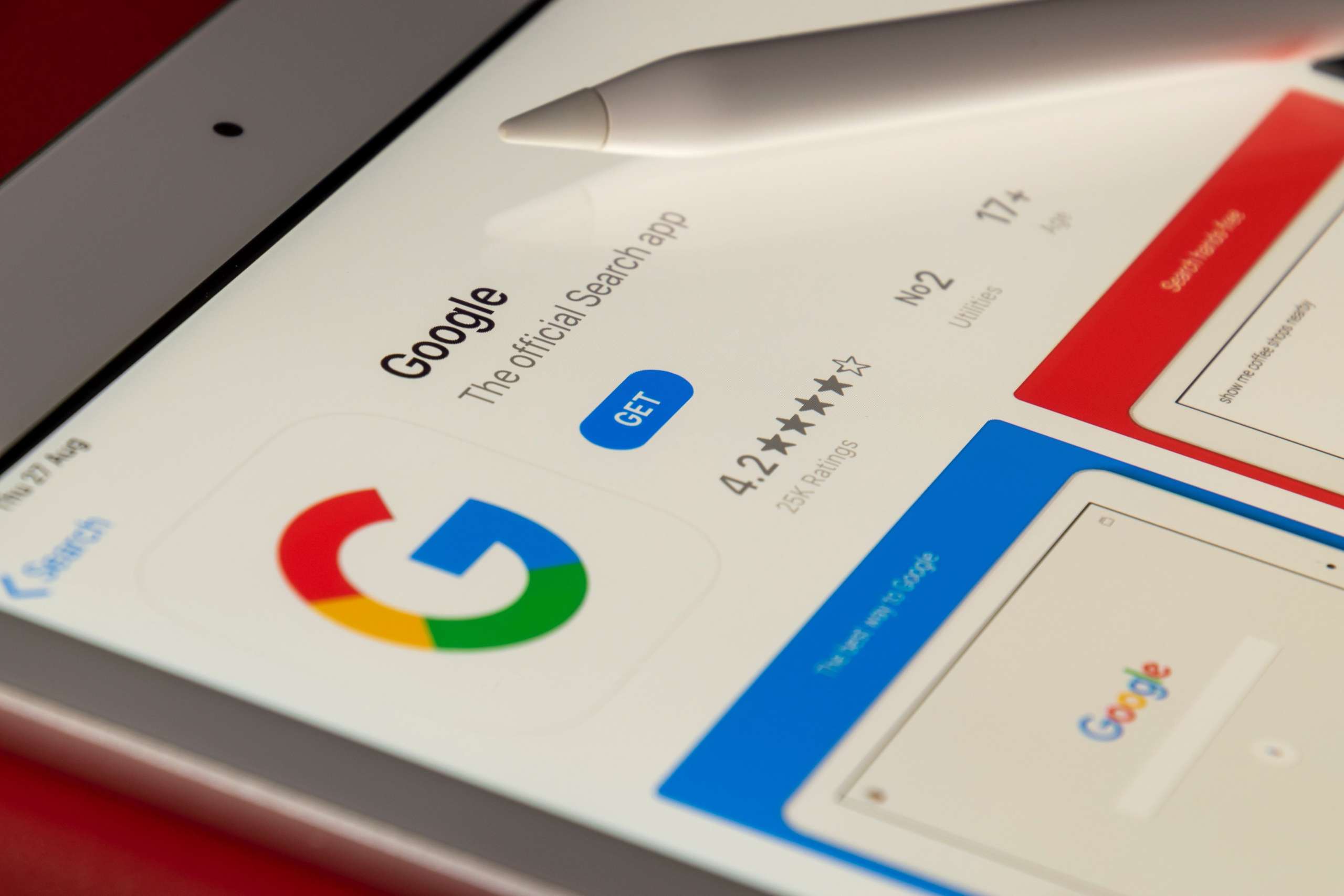How Google sees your website can make or break your online presence these days. Google is constantly changing their algorithms, so the focus needs to be on more than just content but also on technical aspects and user experience. An understanding of how Google sees your website is important for getting it to rank higher in search engine results pages (SERPs). This article will discuss several of the key elements Google takes into account, including content quality, technical SEO, and user experience, to help you optimize your website effectively.
Content Quality and E-E-A-T
Your content’s quality is one of the most important factors Google considers when ranking your website. Google’s recent updates have focused much more on what they call E-E-A-T: Experience, Expertise, Authoritativeness, and Trustworthiness. They use these factors to determine if your site’s content is credible in nature and valuable to users.
To stay within Google’s E-E-A-T guidelines, your content should be authored by experts in the respective field. Including detailed author bios that showcase the credentials and expertise of your writers can enhance the authority people and Google perceive your website to have. Additionally, citing authoritative sources, such as reputable news outlets, academic institutions, or industry leaders, goes a long way toward adding more credibility to your content.
Google’s Helpful Content Update shows how important it is to create content for people, instead of just search engines. This update targets websites that create low-quality content that’s clearly designed solely to rank in SERPs. You can avoid penalties with a focus on producing original, informative content that gives unique insights and genuinely helps its readers. For instance, if your website gives home improvement advice, your content should include actionable tips and personal experiences instead of more generic, keyword-stuffed articles.
Technical SEO: Structure and Speed
Technical SEO plays a huge role in your website’s visibility on Google. Proper site structure, speed, and mobile-friendliness are necessary if you want to rank well. Google uses bots to crawl your website, and a well-structured site makes it easier for them to understand and index your content.
Your website’s structure needs to include clear, descriptive headings (H1, H2, H3, etc.), optimized meta descriptions, and user-friendly URLs. This helps Google understand your content’s hierarchy and makes sure users can easily access the information they need.
Google’s ranking algorithms also take site speed into account. People will leave pages that load slowly, leading to higher bounce rates, which negatively impacts your rankings. You can look at Google’s Core Web Vitals, a set of metrics that assess loading performance, interactivity, and visual stability for benchmarks to test your site’s speed against. To improve your site speed, compress images to optimize them, turn on browser caching, and use minimal JavaScript and CSS files.
When indexing and ranking sites, Google primarily uses the mobile version of that site, so your site needs to be mobile friendly to rank highly. Make sure your site is responsive, meaning it adjusts automatically to different screen sizes and devices. This improves user experience while boosting your chances of ranking higher in mobile search results.
Entity-Based Optimization
Google’s understand more than just your website’s keywords; it can understand entity-based optimization as well. Entities are the people, places, or things your content is about, and Google’s algorithm uses these entities for an understanding of your website’s context.
To optimize for entities, make sure your content is full of related keywords and phrases that provide context. For example, if your website is about Italian cuisine, include related entities like “pasta,” “olive oil,” and “Rome.” This helps Google build a knowledge graph around your website, so it becomes more likely to appear in relevant searches.
Your Google Business Profile (GBP) is another important part of entity-based optimization. If you run a local business, filling out your GBP with accurate and complete information can make you dramatically more visible in local search results. Additionally, encouraging customers to leave reviews on your GBP page can further boost your local SEO efforts, as positive reviews are one of the strongest signals that your site is trustworthy to Google.
Visual Content and User Experience
Visual content plays a huge role in how Google perception of your website. High-quality images, videos, and infographics can enhance user engagement, but they need to be optimized so they don’t slow down your site. Google uses image recognition technology to understand the content of images, so you should use descriptive file names, alt text, and captions.
That being said, large image files can increase your site’s load times, which could harm your rankings. Implementing lazy loading, where images only load as they enter the viewport, and using a content delivery network (CDN) can reduce these issues while keeping image quality high.
User experience (UX) is another important factor in Google’s ranking algorithm. A well-designed website that’s easy to navigate, loads quickly, and is accessible across several devices will likely rank higher. UX also includes making sure that your content is easy to read, with clear fonts, sufficient white space, and intuitive menus. A positive user experience satisfies visitors and shows Google that your site is valuable and user-friendly, which will improve your rankings.
Understanding How Google Sees Your Website
An understanding of how Google sees your website is an essential part of effective SEO. With a focus on content quality, technical SEO, entity-based optimization, and user experience, you can improve your website’s visibility and ranking on Google. Remember that Google is constantly updating their algorithms, so you need to be staying updated to maintain a competitive edge in the world of digital marketing.





